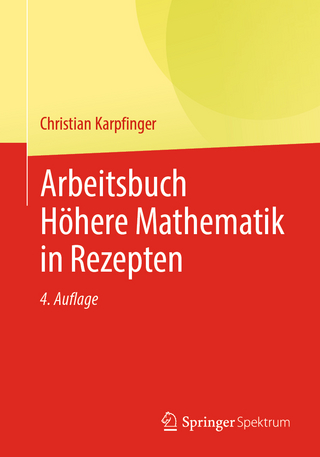
Specifying Statistical Models
Springer-Verlag New York Inc.
978-0-387-90809-0 (ISBN)
During the last decades. the evolution of theoretical statistics has been marked by a considerable expansion of the number of mathematically and computationaly trac table models. Faced with this inflation. applied statisticians feel more and more un comfortable: they are often hesitant about their traditional (typically parametric) assumptions. such as normal and i. i. d . • ARMA forms for time-series. etc . • but are at the same time afraid of venturing into the jungle of less familiar models. The prob lem of the justification for taking up one model rather than another one is thus a crucial one. and can take different forms. (a) ~~~£ifi~~~iQ~ : Do observations suggest the use of a different model from the one initially proposed (e. g. one which takes account of outliers). or do they render plau sible a choice from among different proposed models (e. g. fixing or not the value of a certai n parameter) ? (b) tlQ~~L~~l!rQ1!iIMHQ~ : How is it possible to compute a "distance" between a given model and a less (or more) sophisticated one. and what is the technical meaning of such a "distance" ? (c) BQe~~~~~~ : To what extent do the qualities of a procedure. well adapted to a "small" model. deteriorate when this model is replaced by a more general one? This question can be considered not only. as usual. in a parametric framework (contamina tion) or in the extension from parametriC to non parametric models but also.
1. Protecting Against Gross Errors: The Aid of Bayesian Methods.- 2. Bayesian Approaches to Outliers and Robustness.- 3. The Probability Integral Tranformation for Non-Necessary Absolutely Continuous Distribution Functions, and its Application to Goodness-of-Fit Tests.- 4. Simulation in the General First Order Autoregressive Process (Unidimensional Normal Case).- 5. Non Parametric Prediction in Stationary Processes.- 6. Approximate Reductions of Bayesian Experiments.- 7. Theory and Applications of Least Squares Approximation in Bayesian Analysis.- 8. Non Parametric Bayesian Statistics: A Stochastic Process Approach.- 9. Robust Testing for Independent Non-Identically Distributed Variables and Markov Chains.- 10. On the Use of some Variation Distance Inequalities to estimate the Difference between Sample and Perturbed Sample.- 11. A Contribution to Robust Principal Component Analysis.- 12. From Non Parametric Regression to Non Parametric Prediction: Survey of the Mean Square Error and Original Results on the Predictogram.
| Reihe/Serie | Lecture Notes in Statistics ; 16 |
|---|---|
| Zusatzinfo | XII, 204 p. |
| Verlagsort | New York, NY |
| Sprache | englisch |
| Maße | 155 x 235 mm |
| Themenwelt | Mathematik / Informatik ► Mathematik ► Algebra |
| Mathematik / Informatik ► Mathematik ► Angewandte Mathematik | |
| Mathematik / Informatik ► Mathematik ► Statistik | |
| ISBN-10 | 0-387-90809-9 / 0387908099 |
| ISBN-13 | 978-0-387-90809-0 / 9780387908090 |
| Zustand | Neuware |
| Informationen gemäß Produktsicherheitsverordnung (GPSR) | |
| Haben Sie eine Frage zum Produkt? |
aus dem Bereich


